
In the world of industrial and commercial lighting, high bay lights play a crucial role in ensuring safety, productivity, and energy efficiency. For lighting contractors, understanding the intricacies of high bay lighting is essential not only for selecting the best products but also for effectively training teams to implement these solutions. This article will explore the best high bay lights available on the market and provide guidance on how to train your team in lighting.
High bay lights are designed to illuminate spaces with high ceilings, typically over 15 feet. These lights are commonly used in warehouses, manufacturing facilities, gymnasiums, and large retail spaces. The primary purpose of high bay lighting is to provide adequate illumination while minimizing energy consumption.
There are several types of high bay lights available, each with its unique features and benefits. The most common types include LED, fluorescent, and metal halide lights. LED high bay lights have gained popularity due to their energy efficiency and long lifespan. In contrast, fluorescent and metal halide options may still be found in older installations.
When selecting high bay lights, it is essential to consider the specific needs of the space, including the height of the ceiling, the type of activities being conducted, and the desired light output. Each type of high bay light has its advantages and drawbacks, making it crucial to evaluate them based on the project requirements. For instance, while LED lights may have a higher upfront cost, their longevity and lower maintenance needs often result in significant savings over time. Additionally, advancements in technology have led to the development of smart high bay lighting systems that can be controlled remotely, allowing for further customization of lighting conditions based on real-time needs.
High bay lighting offers numerous benefits that can significantly impact operational efficiency. One of the most notable advantages is energy savings. LED high bay lights consume significantly less power than traditional lighting options, leading to reduced energy bills and a lower carbon footprint.
Another benefit is improved visibility. Properly installed high bay lights can enhance safety and productivity by ensuring that work areas are well-lit. This is particularly important in environments where precision tasks are performed, such as manufacturing or assembly lines. Furthermore, the right lighting can reduce eye strain and fatigue among workers, which can lead to fewer accidents and higher overall job satisfaction. In addition to these practical benefits, high bay lighting can also contribute to a more inviting atmosphere in retail spaces, encouraging customers to browse longer and ultimately increasing sales. The aesthetic appeal of well-lit environments cannot be overstated, as it plays a crucial role in shaping the overall experience of both employees and customers alike.
Choosing the right high bay lights involves considering various factors such as lumen output, color temperature, and beam angle. These elements will determine how effectively the lights illuminate the space. Additionally, factors like energy efficiency, fixture design, and installation requirements should also be taken into account to ensure that the selected lighting solution meets both functional and aesthetic needs.
Lumen output is a critical factor in selecting high bay lights. It measures the total amount of visible light emitted by a source. For high bay applications, it is essential to calculate the required lumens based on the area to be illuminated and the height of the ceiling. A higher lumen output is necessary for spaces with higher ceilings or where tasks require more light. For instance, warehouses and manufacturing facilities often demand higher lumen outputs to ensure safety and productivity, whereas retail spaces might require a balance between brightness and ambiance to enhance the shopping experience.
Color temperature, measured in Kelvin (K), affects the ambiance and functionality of a space. High bay lights typically range from 3000K to 5000K. Warmer temperatures (3000K-4000K) create a cozy atmosphere, while cooler temperatures (4000K-5000K) are ideal for task-oriented environments. Understanding the desired atmosphere can help in selecting the appropriate color temperature for the project. For example, in a gym or fitness center, cooler lights can invigorate and energize users, while in a restaurant, warmer lights can create a welcoming and relaxing environment that encourages patrons to linger.
The beam angle of high bay lights determines how the light is distributed in the space. A narrow beam angle is suitable for focused lighting, while a wider beam angle provides broader coverage. It is essential to consider the layout of the space and the placement of the lights to ensure optimal illumination. Furthermore, the beam angle can also impact energy consumption; strategically placing lights with the appropriate beam angle can reduce the number of fixtures needed, leading to lower energy costs. In large open areas, for instance, using fixtures with a wider beam angle can help achieve uniform lighting while minimizing shadows and dark spots.
Once the best high bay lights have been selected, the next step is to train your team on how to install, maintain, and optimize these lighting solutions. Proper training ensures that your team can effectively implement high bay lighting systems, leading to successful project outcomes.
Training your team on installation techniques is vital for ensuring that high bay lights are set up correctly. This includes understanding the proper mounting heights, wiring methods, and safety protocols. Providing hands-on training and demonstrations can help reinforce these concepts.
Additionally, it is crucial to educate your team on local electrical codes and regulations that may impact the installation process. Familiarity with these standards will help prevent costly mistakes and ensure compliance with safety regulations. Moreover, incorporating real-world scenarios into the training can enhance learning; for instance, discussing common installation challenges and how to overcome them can prepare your team for on-site realities.
Regular maintenance is essential for maximizing the lifespan and efficiency of high bay lights. Training your team on maintenance practices, such as cleaning fixtures, checking for loose connections, and replacing faulty components, will help ensure that the lighting system continues to perform optimally.
Establishing a maintenance schedule can also be beneficial. This schedule should include routine inspections and cleaning to prevent dirt buildup, which can reduce light output and efficiency over time. Furthermore, educating your team on the importance of using the right cleaning materials and techniques can prevent damage to fixtures and prolong their operational life. Regularly updating your team on new maintenance technologies and practices can also keep them informed and engaged.
Understanding how to optimize the lighting layout is crucial for achieving the best results with high bay lights. Training your team on how to assess the space and determine the ideal placement of fixtures will help maximize illumination and minimize shadows.
Utilizing lighting design software can also enhance this training. These tools allow teams to simulate different lighting scenarios and assess the impact of various configurations before installation. This approach can lead to more informed decisions and better outcomes for clients. Additionally, incorporating case studies of past projects where lighting layouts significantly impacted functionality can provide valuable insights. Discussing the effects of different light distributions and color temperatures on productivity and ambiance can further enrich your team’s understanding of lighting optimization.
The lighting industry is continually evolving, with new technologies and trends emerging regularly. It is essential for lighting contractors to stay informed about these changes to remain competitive and provide the best solutions for clients.
Emerging technologies, such as smart lighting and IoT integration, are transforming the way high bay lights are utilized. Smart lighting systems allow for remote control and automation, enhancing energy efficiency and user convenience. Training your team on these technologies will ensure they are equipped to implement modern solutions that meet client needs.
Regulatory changes can significantly impact lighting projects. Keeping your team informed about new regulations and standards will help ensure compliance and avoid potential penalties. Regular training sessions focused on industry updates can foster a culture of continuous learning and adaptability within your team.
Learning from real-world examples can provide valuable insights into the effective implementation of high bay lighting. Case studies showcase the challenges faced, solutions implemented, and the results achieved, serving as a powerful training tool for your team.
One notable case involved a large warehouse that struggled with inadequate lighting, leading to safety concerns and decreased productivity. The contractor replaced outdated fluorescent fixtures with LED high bay lights, resulting in improved visibility and energy savings. The project highlighted the importance of calculating lumen requirements and selecting the appropriate color temperature for the workspace.
In another case, a manufacturing facility sought to enhance its lighting to improve worker safety and efficiency. The contractor implemented a combination of high bay lights with smart controls, allowing for automated adjustments based on occupancy and daylight levels. This project demonstrated the benefits of integrating technology into lighting solutions, resulting in significant energy savings and a more comfortable work environment.
High bay lights are an essential component of effective industrial and commercial lighting solutions. By understanding the various types of high bay lights, their benefits, and the factors involved in selecting the right products, lighting contractors can provide superior service to their clients.
Training your team in installation techniques, maintenance practices, and optimization strategies will ensure successful project outcomes. Staying updated on industry trends and learning from case studies will further enhance your team’s expertise and adaptability in a rapidly changing market.
Ultimately, investing in high bay lighting solutions and comprehensive training will lead to improved safety, productivity, and energy efficiency for clients, solidifying your reputation as a trusted lighting contractor.
Ready to elevate your lighting game with the best high bay lights on the market? Look no further than LumenWholesale, where we provide contractors with exceptional, spec-grade lighting products at unbeatable wholesale prices. Say goodbye to local distributor markups and hello to our premium selection that meets the highest industry standards. With LumenWholesale, you’ll enjoy the convenience of bulk buying with free shipping, ensuring you get the most value for your investment. Don’t compromise on quality or affordability. Wholesale Lighting at the Best Value is just a click away. Make the smart choice for your team and your clients with LumenWholesale.
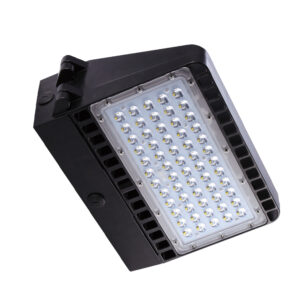
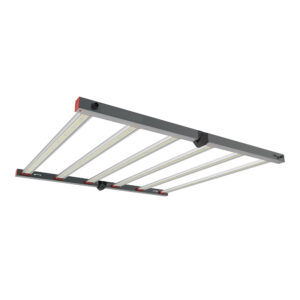
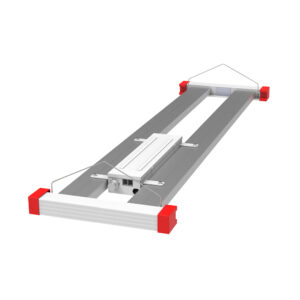
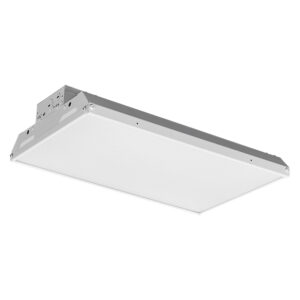
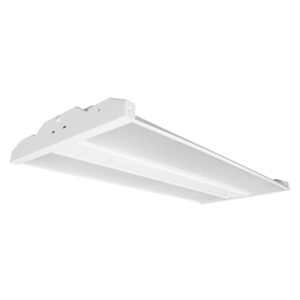
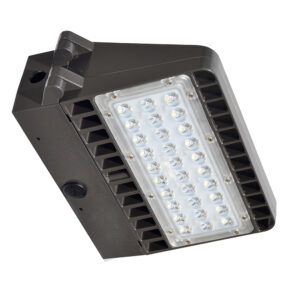

Discover the essential guide to optimizing warehouse lighting with our comprehensive layout calculator.

Discover the essential insights on UV Light A that every lighting contractor needs to know.
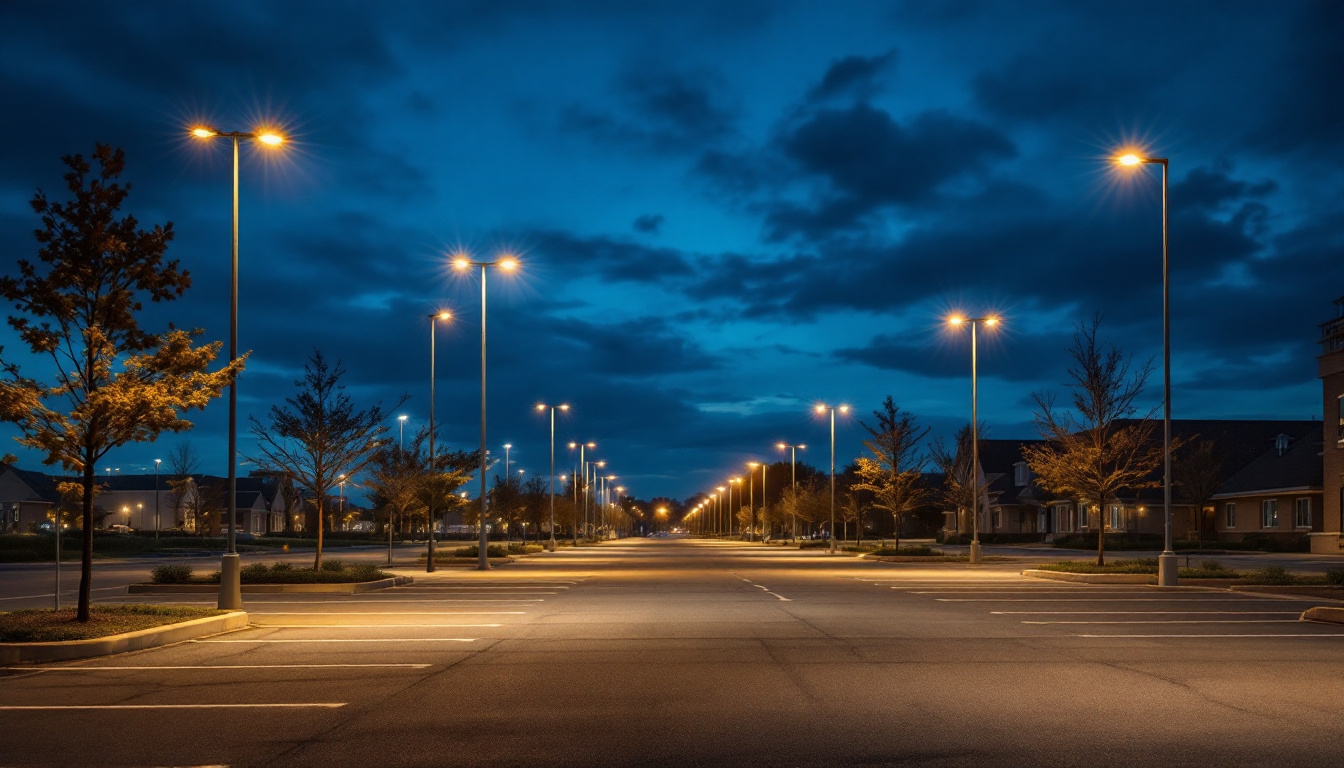
Discover how a Parking Lot Lighting Calculator can revolutionize safety and efficiency in lighting installations.
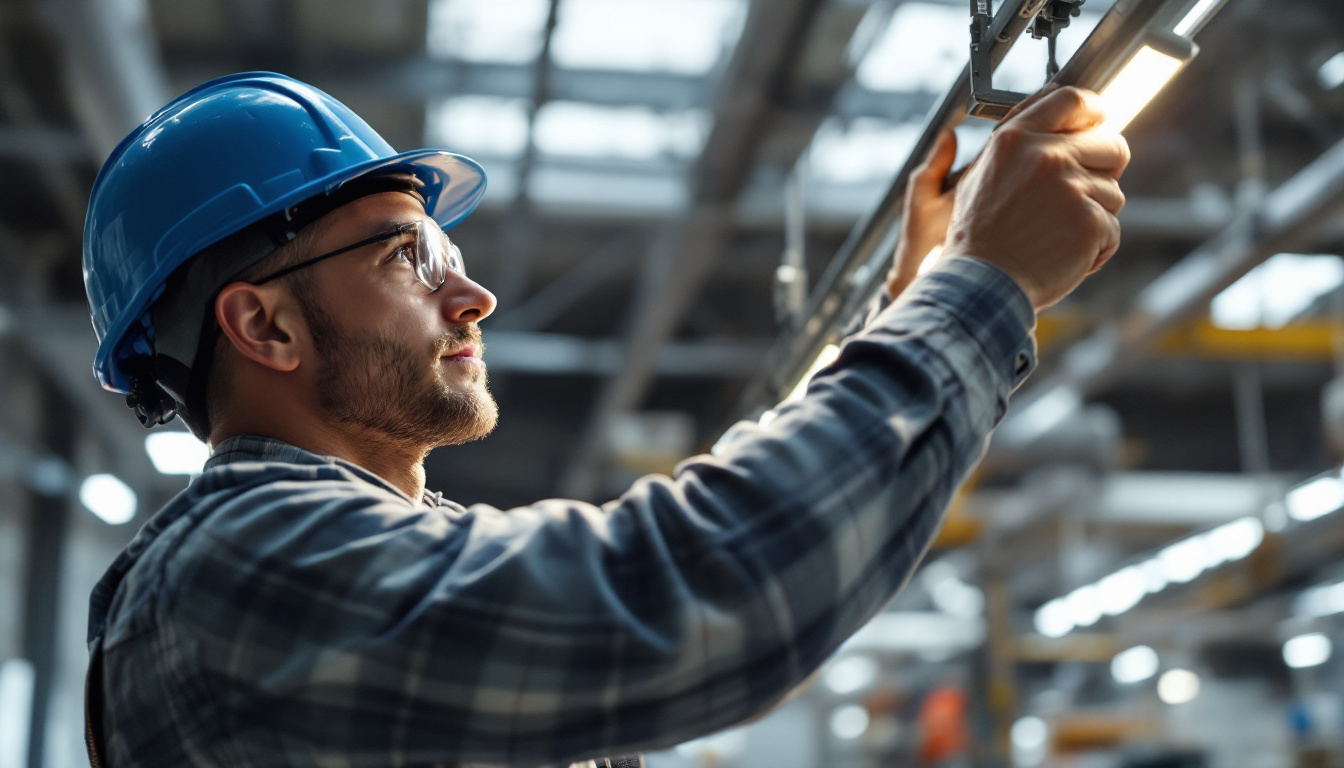
Discover the insider secrets of lighting contractors with our comprehensive guide to industrial fixtures lighting.
Get notified when NEW deals are released.
Optimize your budget with wholesale discounts.
Only top-quality, specification-grade lighting products.
No additional costs at checkout - what you see is what you pay.
We understand the unique needs of contractors.